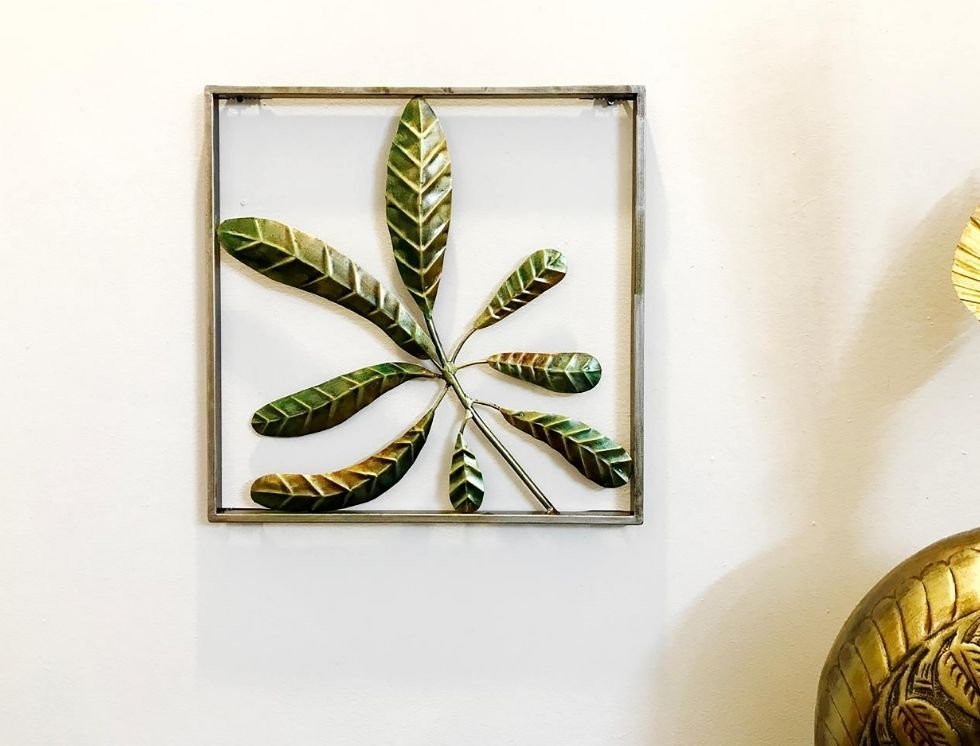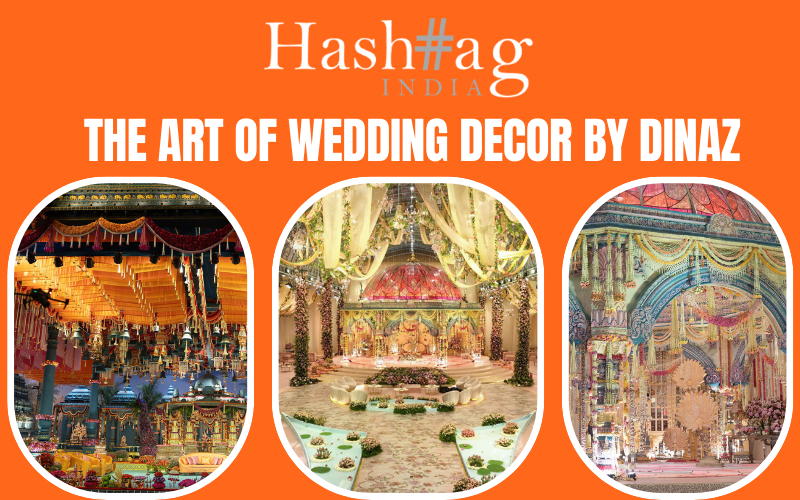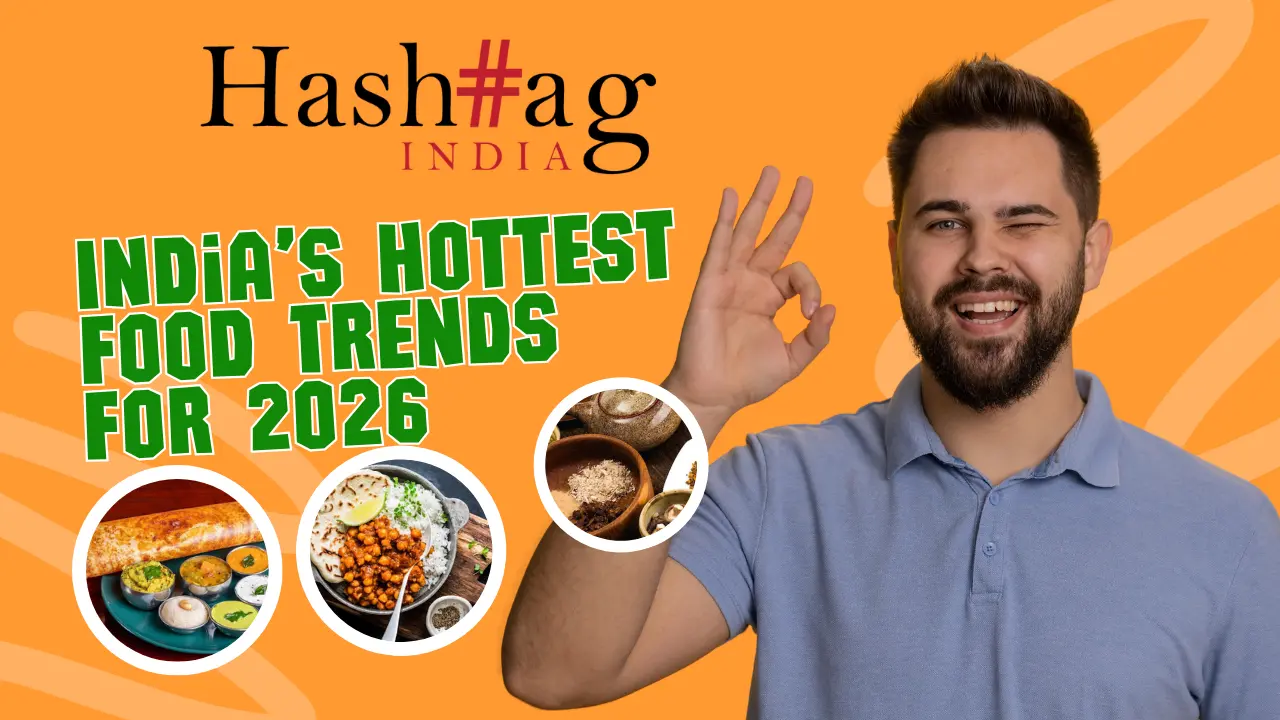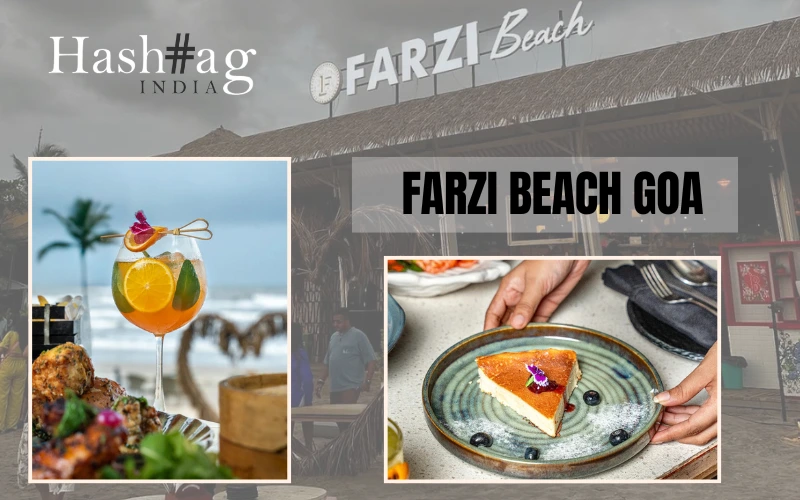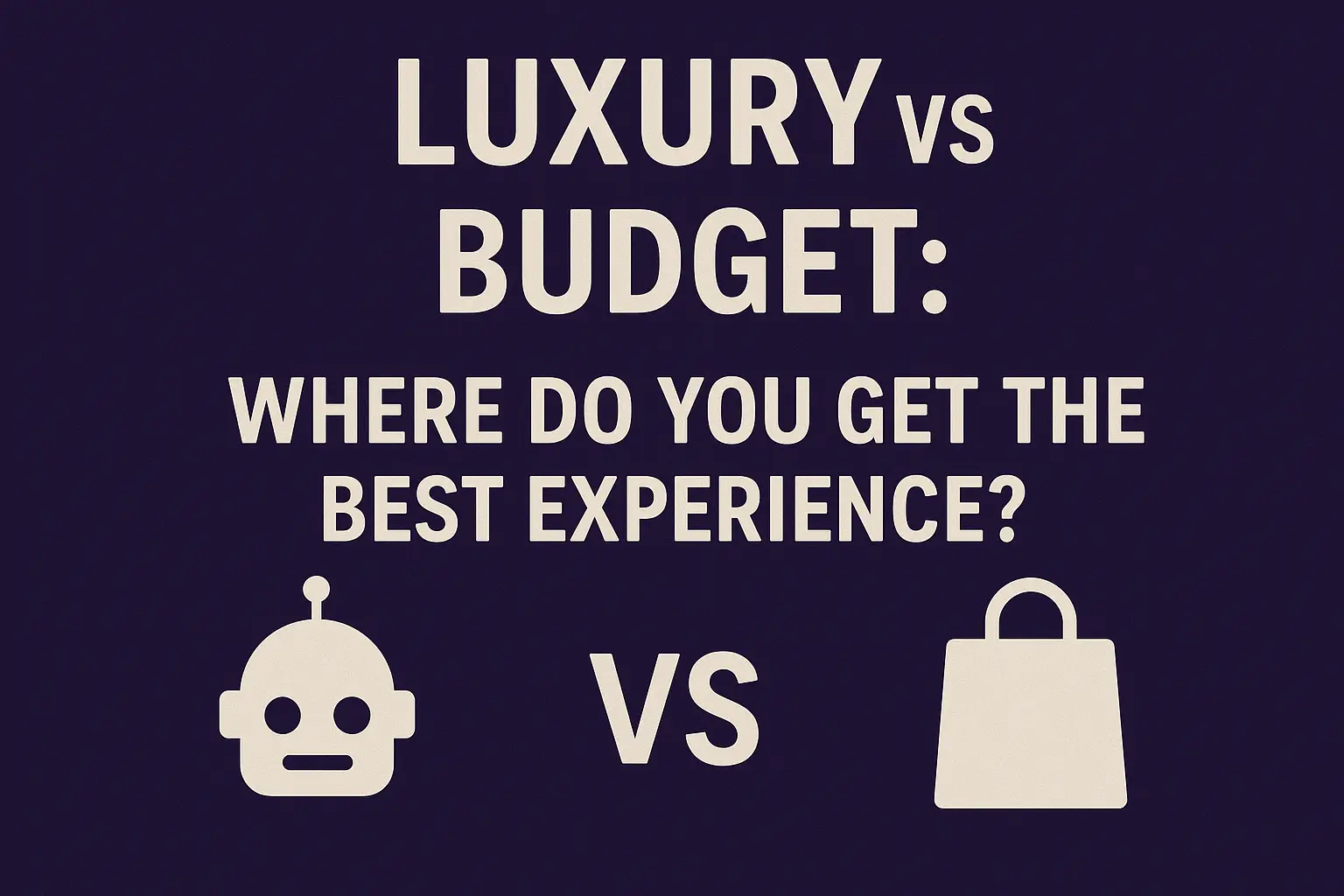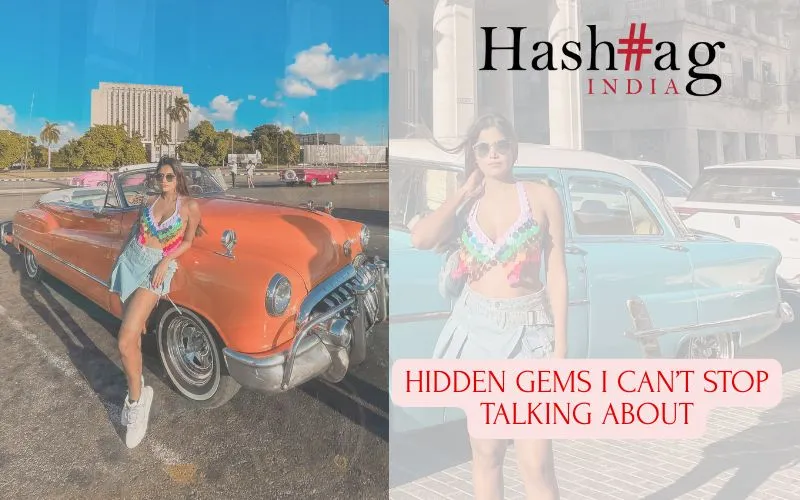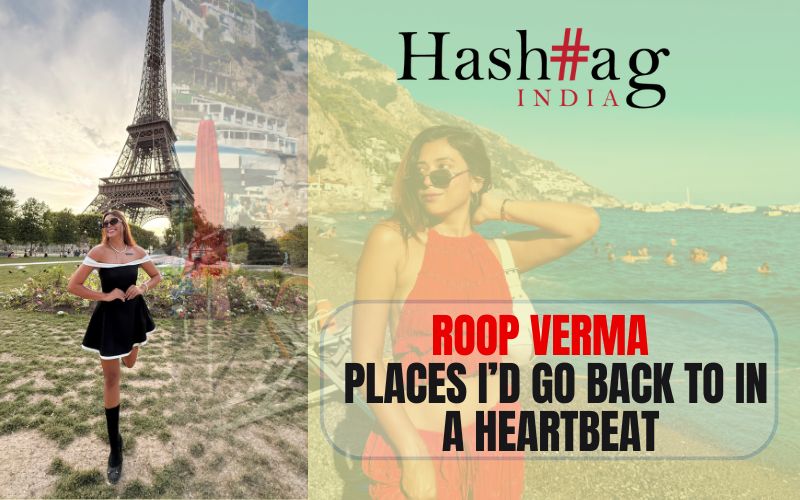In recent times, we have witnessed a drastic change in the home décor language and our tastes and preferences in the same. All these larger factors along with a rising eco-consciousness and a strong vocal for local push, are contributing to the changing vocabulary of our living spaces. Vinay Agrawal in conversation with Palash Agrawal, founder of Vedas Exports, on how the home décor segment is on the cusp of change with a rise in demand for local brands in the décor market.
How is the language of home-decor changing?
Today, there is an increased demand for unique yet minimalistic designs. There is a much higher value associated with space and people are seeking designs that have greater utility. Décor items are no longer considered to be ornamental displays, but instead those that have functionality. That’s why items such as candle holders, wall shelves and others are witnessing great demand. There is also a lot of focus on sustainability nowadays.

From a design perspective, the demand for fusion of ancient and modern elements is increasing. There is a lot of concern for the environment and we are consciously integrating healthy practices into our work.
What are the kinds of pieces a customer of today is looking for in terms of design, composition, and price-points among other factors?
From a design perspective, the demand is increasing for fusion of ancient and modern elements. There is a lot of concern for the environment and we are consciously integrating healthy practices into our work. Affordability has become a greater consideration now.
How has the vocal for local initiative worked for you?
Vocal for Local is one of the best initiatives, started by our Honourable Prime Minister, and we would like to thank him for the same. With the promotion of this initiative, we have seen growth in our industry, both locally and globally. People are now preferring Indian goods and valuing Indian made products. Because, it has in fact brought an increase in our production capacity and also in our research work. It has uplifted local artisans as we are able to employ more people.

What will be some of the biggest home decor trends for 2021 according to you?
To be honest, these are fantastic times for our industry and there is a tremendous opportunity for brands to grow. With the pandemic outbreak, the focus has shifted to local manufacturing and it is the biggest opportunity that an Indian manufacturer could have asked for. It is time for Indian trends to emerge. For instance, the preference for ancient designs with modern sensibilities is going to be the biggest trend in the year ahead. Nature-inspired elements such as the Tree of Fortune, Indian animals, floral patterns, and butterflies in modern symmetry and aesthetics are the biggest opportunities.
These are fantastic times for our industry and there is tremendous opportunity for brands to grow.
Can you enlist a few of the sustainable practices that you follow and intend to incorporate? The packaging of a product also generates a lot of waste. What steps are you undertaking to eliminate such wastage?
We pay utmost attention to sustainability and integrate this aspect into all our processes. For instance, we avoid using any kind of leaded paints in making our products. We use reusable products and minimise the use of plastic on the packing front. Generally, we use paper boxes, so it is easy to reuse and we buy back our boxes from our distributors, so that waste generation is less.
Can you reflect on the digital component of business, and particularly, in the home decor category? How are you enabling digital innovations, be in terms of payment/communication among other things?
Covid has played a major role in the upgradation of digital media. We have been giving online consultancy for decor placement and tips on how to improvise the house with our products. It’s a free service from our end. In regards to payments, we are 100% compliant about digital payments and e-commerce.

E-commerce giants have been mandated by MCA to display ‘country of origin’ for certain product categories. What is your take on this?
We appreciate this step as transparency about the product’s origin and manufacturing process is of utmost importance, especially to prevent sale of products from blacklisted areas.

